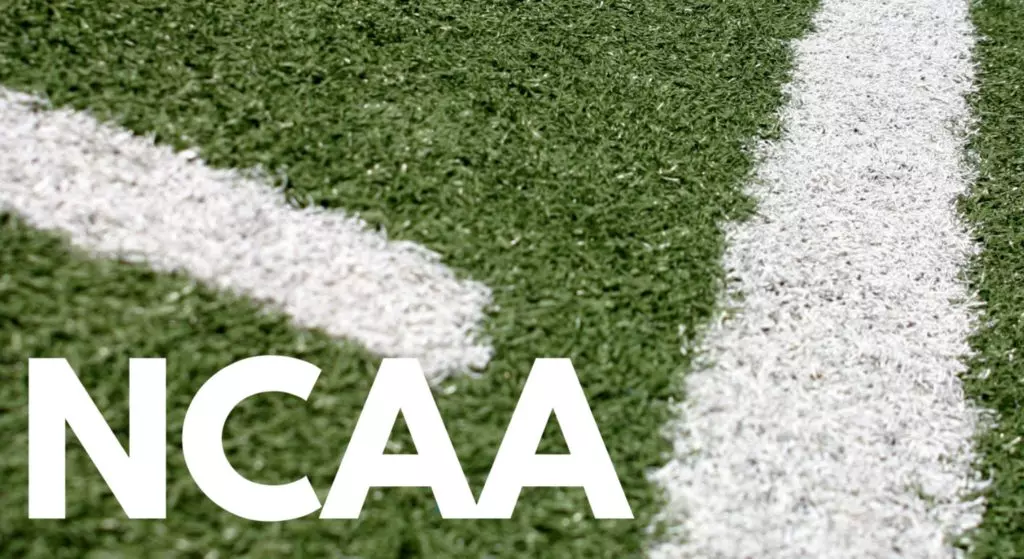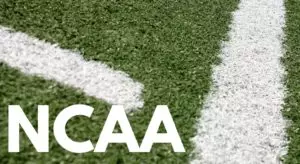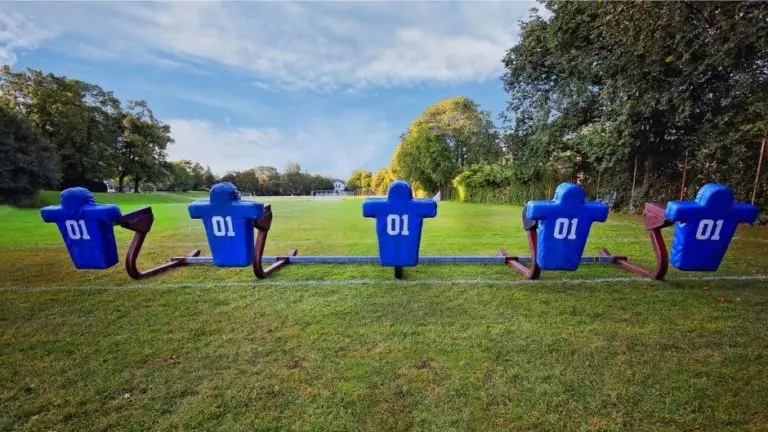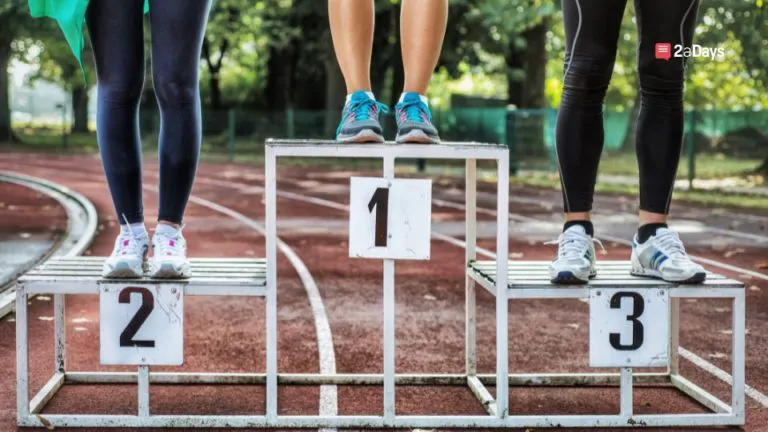As a student-athlete, the responsibility of knowing NCAA rules and regulations falls on your shoulders. Keeping up-to-date with changes is critical to having success in the college recruiting process. Below is a detailed list of rule changes in the NCAA that impact the recruiting process and the field of play. Current collegiate athletes across all NCAA divisions weighed-in on these new rules.
Reaching Out to a Coach:
-
-
Old Rule (NO longer in effect for most sports): Student-athletes can reach out at any time, however, the coach cannot call you back, so make sure you call them back if they do not pick-up.
-
- This loophole in the recruiting process has been eliminated by the NCAA.
-
- A student-athlete CANNOT engage in communication with a DI coach until June 15th after sophomore year.
- Football, baseball, men's and women's basketball still allow for incoming calls from players to coaches at any time
-
-
Old Rule (NO longer in effect for most sports): Student-athletes can reach out at any time, however, the coach cannot call you back, so make sure you call them back if they do not pick-up.
-
- There are NCAA recruiting rules that limit when college coaches can reach out to you. Check the NCAA Rules for your sport and when coaches are allowed to reach out.
-
-
When you have a good idea of what institution you would like to attend, only then should you reach out to a coach. Private messages for football, women's basketball, baseball, softball, and lacrosse cannot begin until September 1 of junior year. Emailing the coach is a good place to start.
-
- Don't just copy and paste emails from coach to coach.
- Be clear and concise; don't bombard them with information.
- Be personable and proactive.
-
-
When you have a good idea of what institution you would like to attend, only then should you reach out to a coach. Private messages for football, women's basketball, baseball, softball, and lacrosse cannot begin until September 1 of junior year. Emailing the coach is a good place to start.
-
The following new NCAA rule pertains to all sports except D1 football, men's and women's basketball, and men's women's lacrosse:
-
- Coaches can reach out to you immediately following June 15 after your sophomore year
- No verbal offers or commitments from student-athletes until June 15 after sophomore year
-
NCAA New Recruiting Rule:
- Clinics and Camps: Recruits and coaches can NOT converse about the recruiting process with you before June 15 after your Sophomore year. A coach can only say to the club or camp coaches that he or she is interested in an athlete.
- Official Visits: You can go on an official visit starting August 1 of your junior year.
- Unofficial Visits: College coaches and athletic departments are not allowed to be involved in unofficial visits. Make sure when you are on campus that you do not talk to the coach about the recruiting process. The college or coach can NOT purchase anything for you.
Guidelines for Official Visits:
-
- For a potential student-athlete to take an official visit, they must be registered with the NCAA Eligibility Center (DI/DII Schools), have taken the SAT/ACT, and submitted unofficial transcripts to the school.
- A student-athlete is allowed a maximum of 5 official visits for Division 1 and Division 2 Schools in total from September 1 of your junior year through your dead period.
- Division 3 and NAIA schools allow for an unlimited amount of visits.
- A student-athlete can only make one official visit to each school including multiple sport athletes.
- A maximum of 3 meals per day during the visit.
- The student host is given $30 per day for entertainment.
- An official visit cannot last longer than 48 hours.
New Football Rule Changes:
-
- Alcohol will now be sold at events.
- Targeting call, which immediately ejects a player from a game, is now reviewable by the official and must be either confirmed or reversed – letting the call stand is not an option.
- To limit the harm done in football, the NCAA has created a new overtime rule, where when the game reaches the fifth overtime, teams will begin to run alternating two-point plays rather than offensive possessions starting at the 25-yard line.
- College football programs can no longer allow former players to practice with their previous teams.
- The NCAA has enacted a redshirt rule change that will allow true freshmen to play up to four games and not burn their redshirts, which enables them to maintain 4-years of eligibility following their freshman year.
2aDays interviewed a Division 1 athlete, Destiny Washington, to find out what her recruiting process was like and her opinion about the new NCAA rules:
2aDays: When did you begin the recruiting process?
Destiny: I began my recruiting journey in my sophomore year of high school.
2aDays: When did you first hear back from a college coach?
Destiny: I started talking to coaches my sophomore year. I had to call them first because they couldn't contact me based on the NCAA rules. I had to continually check-in with different coaches because I had to initiate the conversation to advance myself in the recruiting process.
2aDays: What type of visit did you go on and how did that visit go?
Destiny: I went on a lot of unofficial visits leading up to my senior year of high school. All of my visits went great even during my transfer years – eventually transferred from Ball State University to Florida Gulf Coast University. I've only ever had one bad visit out of the millions that I've taken, so I would say go on as many as you can to get a feel for what you like.
2aDays: What advice would you have for an athlete looking to get in contact with a coach?
Destiny: Be diligent but be mindful that coaches are busy. Email them and let them know when to expect your call – transparency is key!
2aDays: What key pieces of information were you looking for in a program when you went on your visits?
Destiny: I was looking for how coaches went about classes, academics, and managing practices/games with everything else.
2aDays: A new rule states that an athlete cannot call or get in contact with a coach until the beginning of their junior summer (excluding football, baseball, and men's/women's basketball). How do you think this will impact an athlete's recruiting process.
Destiny: I'm not 100% sure how that'll affect other athletes honestly. I figure it will be harder to recruit, but as far as being a female basketball player, the rules are easing up so coaches are able to contact students a lot sooner than it used to be.
To address the new NCAA football rule changes, 2aDays surveyed several football players to find out the general consensus for how current players view these new rules:
2aDays: Do you feel the added attention to making the game safer should be an area of concern for the NCAA?
DI Athlete: Football is a dangerous game and it will always be that. Trying to prevent the most dangerous of plays – targeting – is something that can legitimately make the game safer. Lessening the number of overtime snaps will help with the days following the game. As long as the NCAA doesn't change the core values of football, making the game safer via small steps is probably a smart move.
2aDays: If you have redshirted in the past, how has that helped you/hindered you in your college career?
DI Athlete: I believe redshirting is best for those who enter college undersized or lack the general ability of those who are upper-classmen. When I showed up to my power-5 football program, I thought I had the size and skills to at least challenge for a spot on the roster. Being a lineman, I soon realized the added age/experience of the existing players enabled them to be far more mature and stronger than myself. Redshirting allowed me to get much stronger as the college weightlifting program is far better than my high school lifting program was. Taking a year to grow also has allowed me to get comfortable balancing school with a D1 athlete lifestyle.
2aDays: If any, what rule or rules would you most like to see change?
DI Athlete: Pay players. Football makes a ton of money for the school and we give a ton of time to the program, so compensation for all that revenue seems fair.
The NCAA has had a fluid movement of rule changes over recent years. Keeping a close eye on the news and other Huddle articles via 2aDays is a tremendous way to keep up-to-date with the recruiting process. Knowing that rules will change, whether new guidelines are implemented or previous rules amended, it is more important than ever to begin the planning process of recruitment at an early stage. Taking the ACT/SAT early, ensuring coursework is up to par in terms of both GPA and required courses, analyzing schools of interest at an early stage, and formulating questions ahead of time will prepare you once your recruiting timeline begins.
Updated on 8/3/19 by Joe Pounders
* Originally published on May 15, 2018, by Keirsten Sires







